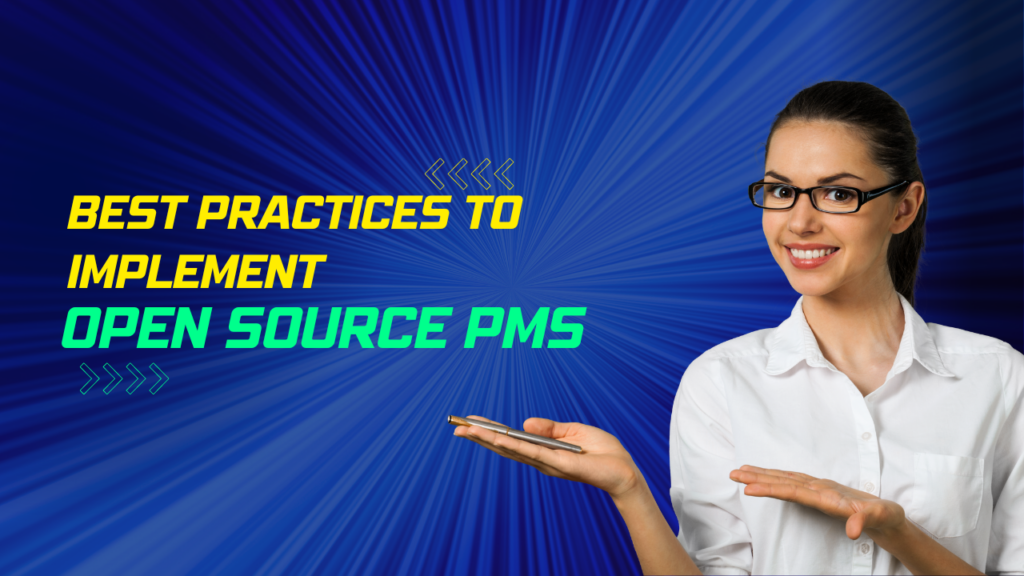As an organization that understands the significance of having a well-functioning Property Management System (PMS) in place, we recognize the growing demand for open source PMS. To share our knowledge on how to implement open source PMS effectively, we’ve compiled a list of the best practices.

The First step to take is to scrutinize the needs of your organization before choosing an open source PMS. In doing so, you must consider several factors such as the size of your organization, the number of properties you manage, and the necessary features that the system should have. This is critical to ensure that you select a PMS that caters to your unique needs.
The Next step is to conduct thorough research on the available open source PMS options. Take your time to evaluate each system’s features and functionalities, and compare them with other user reviews. Also, consider the level of support and documentation available for each PMS. This will impact the ease of implementation and troubleshooting in the future.
Once you’ve settled on a suitable Open source PMS, it is crucial to have a team of individuals with technical know-how and an in-depth understanding of your organization’s needs to manage the implementation process. Furthermore, it is necessary to provide training for the team members on the selected PMS before the actual implementation.
During the implementation process, having a structured plan in place is essential. You must begin by mapping out your current processes and identifying the areas where the PMS can improve efficiency. Next, you should create a timeline for the implementation process, and establish checkpoints to ensure that the project stays on track.
When configuring the PMS, it is vital to tailor it to your organization’s specific needs. This involves setting up the appropriate room types, rates, and payment options. Additionally, ensure that the PMS integrates with any existing systems in use, such as accounting or CRM software.
Testing the PMS is a critical step in the implementation process. This should be done in a controlled environment to identify any issues before going live. Additionally, it is essential to train staff on the PMS before going live to ensure that they are comfortable with the system and can use it effectively.
Finally, having ongoing support in place for the open source PMS is essential. This includes regular updates and maintenance, as well as access to a support team in case of any issues or questions. Additionally, joining a user community for the selected PMS can provide valuable insights and support.
An example of an open source PMS that can be considered is minical.io, which offers a range of project management features such as task management, time tracking, and reporting. By incorporating minical.io into your structured plan, you can further improve your organization’s efficiency and effectiveness.
Conclusion
In conclusion, implementing an Open source PMS can be a significant step towards improving the efficiency and effectiveness of your organization. By following the steps outlined in this article, including evaluating your needs, conducting thorough research, having a dedicated implementation team, creating a structured plan, configuring the PMS to your needs, testing the system, and having ongoing support, you can ensure a successful implementation.
Furthermore, selecting an open source PMS such as minical.io can offer a range of project management features that can further enhance your organization’s efficiency and effectiveness. It is important to note that the process of implementing a PMS is not a one-time event, but rather an ongoing process of improvement and adaptation. Therefore, it is crucial to have ongoing support and training to ensure the continued success of your PMS implementation.
Leave a Reply